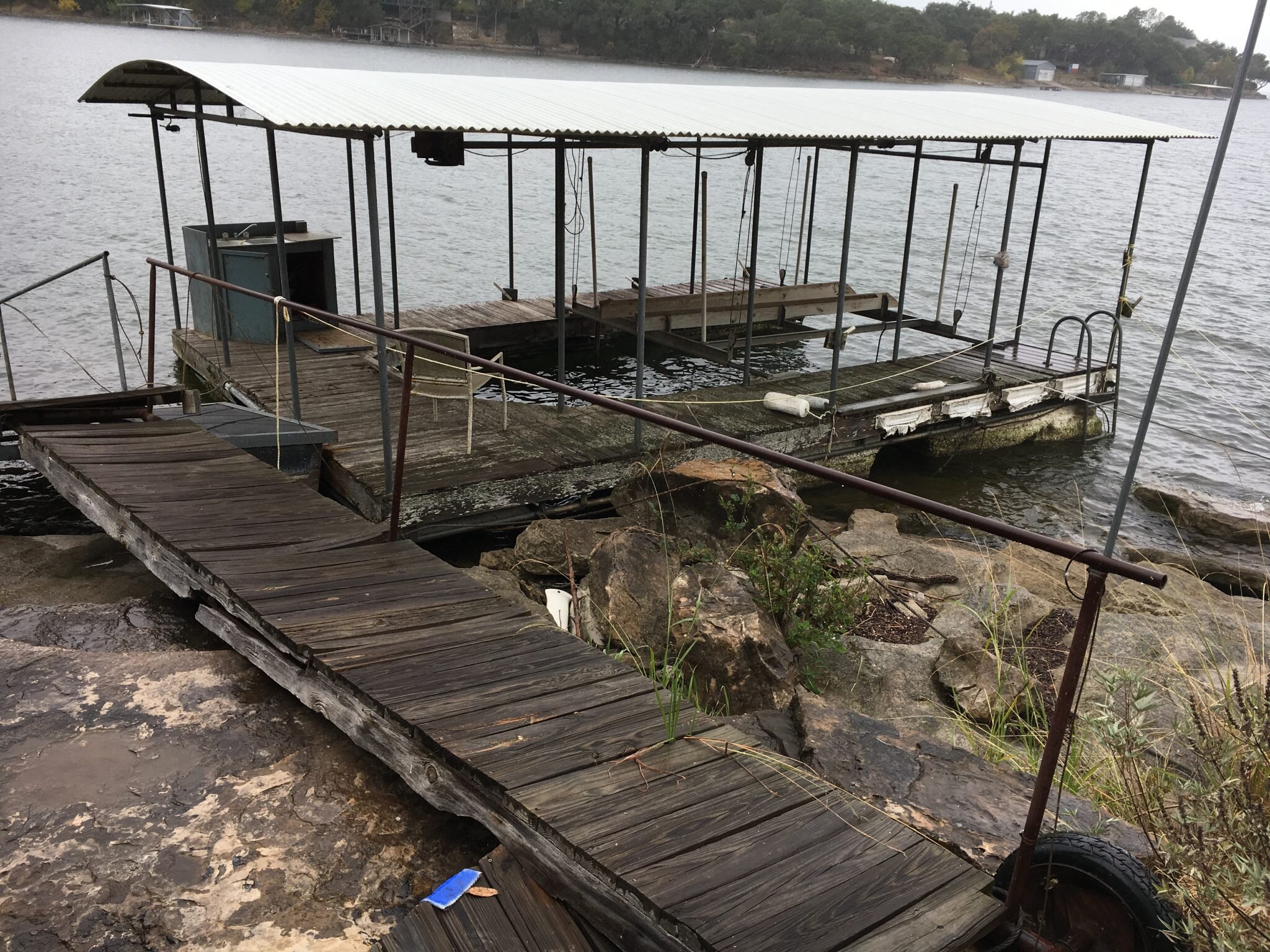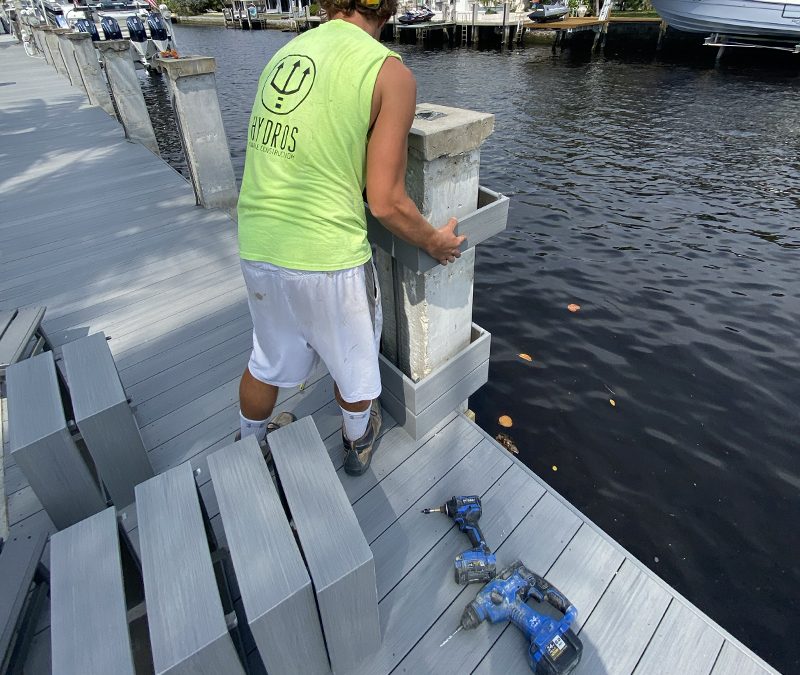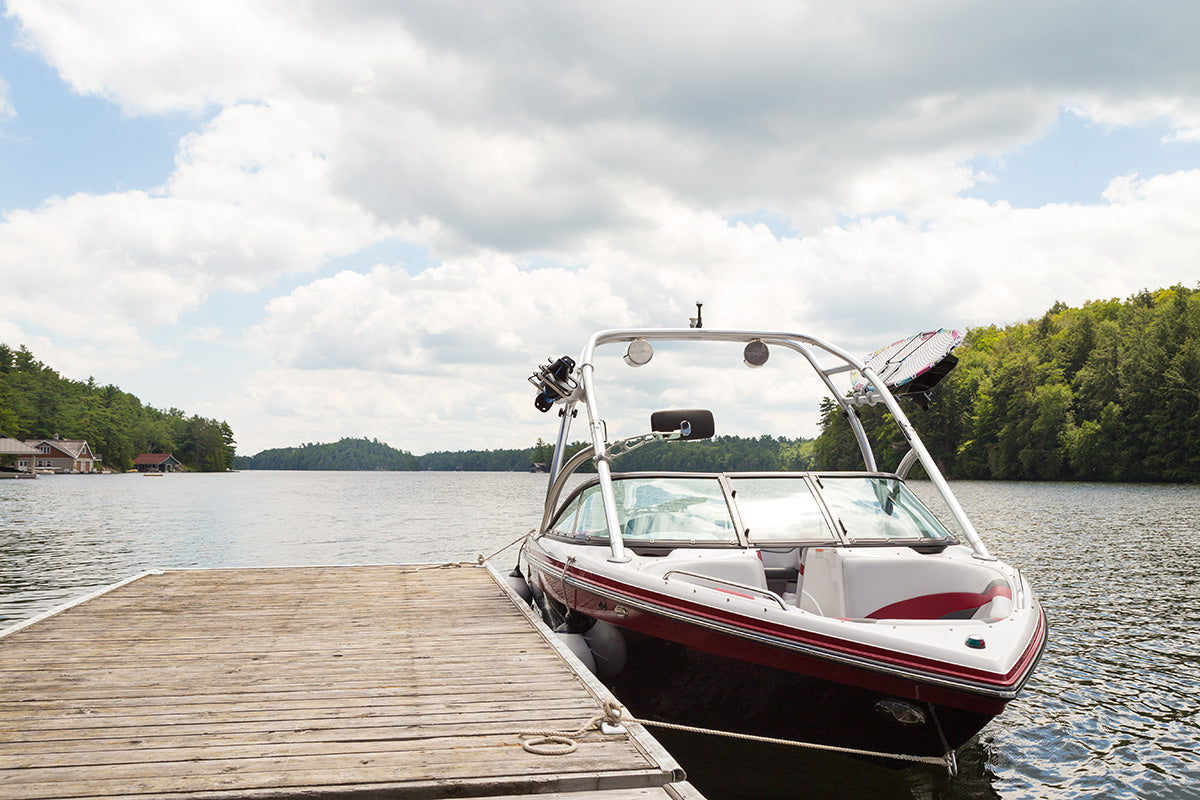Efficient Dock Repair Service Techniques: Ensuring Structural Integrity
Ensuring the structural integrity of anchors via reliable fixing techniques is paramount for the longevity and security of aquatic centers. This includes a multi-faceted method beginning with comprehensive assessments utilizing sophisticated technologies like sonar equipment and remotely operated cars (ROVs) to spot both visible and hid problems. Subsequently, picking the appropriate repair service materials, such as composite materials and corrosion-resistant alloys, is critical for resilience. Architectural reinforcement methods, including the execution of cross-bracing systems and load-distribution plates, play a crucial function in mitigating tension factors. Nevertheless, the importance of these strategies ends up being obvious when exploring innovative fixing techniques and preventative upkeep strategies.
Examining Dock Damage
Analyzing dock damage is an essential primary step in making certain the structural integrity and safety and security of any kind of docking center. This preliminary analysis entails an extensive inspection to identify both visible and hidden problems. Trick facets to take a look at include the dock's structure, pilings, outdoor decking, and hardware. Each component has to be scrutinized for signs of wear, rot, corrosion, or other types of deterioration that could endanger the architectural honesty.
Architectural designers or qualified inspectors normally execute these analyses making use of specialized techniques and tools. For instance, underwater inspections could utilize sonar equipment or remotely operated cars (ROVs) to spot submerged damages. Above water, visual assessments are enhanced by utilizing wetness meters and various other diagnostic tools to uncover underlying issues not quickly visible to the nude eye.

Picking Repair Service Products
Choosing the ideal repair service products is a crucial action in the dock reconstruction process, one that straight influences the long life and efficiency of the repaired structure. Product option need to be driven by elements such as ecological conditions, load-bearing demands, and compatibility with existing dock components.
Along with wood, composite materials are significantly prominent due to their durability and reduced maintenance demands. Composites, commonly made from a mix of plastic and wood fibers, supply outstanding resistance to rot, pests, and UV damages. For metal anchors, choosing corrosion-resistant alloys such as galvanized steel or marine-grade aluminum is important to protect against rust and make certain structural honesty in saline water problems.
Epoxy materials and marine-grade sealants are indispensable for repairing splits and sealing joints, supplying a water-proof barrier and improving the dock's general toughness. By carefully picking premium products, dock fixings can achieve lasting results, consequently guarding versus future degradation and ensuring safe, trusted use.
Structural Support Techniques
Efficient structural reinforcement strategies are crucial in guaranteeing the stability and durability of dock fixings. This method is particularly reliable for anchors subjected to heavy loads or harsh ecological problems.
Another important technique is the application of fiber-reinforced polymers (FRP) These materials supply high strength-to-weight proportions and exceptional resistance to rust, making them optimal for reinforcing wood or concrete docks. FRP can be used in sheets or news strips and bonded with epoxy resins to enhance structural honesty.
Bracing and securing systems likewise play a critical function in structural reinforcement. Cross-bracing, utilizing metal or wood beam of lights, can neutralize lateral pressures, decreasing guiding and movement. Anchoring systems, such as helical piers or driven heaps, give a steady foundation by moving loads to deeper, more stable dirt layers.
Finally, the combination of load-distribution discover here plates can help distribute weight extra uniformly throughout the dock's surface, minimizing localized stress and anxiety points. These methods jointly guarantee that anchors continue to be durable and secure, qualified of standing up to the rigors of their operational setting.
Advanced Repair Work Approaches

Another advanced strategy includes underwater welding, which enables repair work to be carried out without the requirement to dewater the location. This approach is specifically helpful for attending to structural concerns in immersed dock elements, guaranteeing minimal disruption to procedures. Boosted welding methods, combined with robotic systems, deliver precision and reliability, thereby expanding the life-span of the dock.
Furthermore, cathodic protection systems are implemented to avoid deterioration in metal dock frameworks. By utilizing sacrificial anodes or pleased current systems, these strategies properly alleviate the electrochemical processes that result in product damage.
Finally, advanced surveillance innovations, such as structural health surveillance (SHM) systems, offer real-time information on the condition of dock structures. These systems make it possible for positive upkeep and timely interventions, ultimately ensuring the lasting architectural integrity of the dock.
Maintenance and Avoidance
Maintenance and avoidance are fundamental ideas that underpin the longevity and safety and security of dock structures. Normal evaluations are paramount, permitting early detection of damage, prospective weak points, and environmental influences. A proactive strategy, entailing routine look for rust, rot, and structural shifts, minimizes costly repair services and prolongs the dock's operational life.
Safety nets ought to consist of using protective layers to metal elements to guard versus rust and utilizing cured timber to resist decay. Furthermore, making certain proper drainage and air flow can prevent water build-up, which is a typical reason of architectural degradation. Incorporating quality materials and sticking to maker standards during construction and repair service stages also play vital roles in improving sturdiness.

Educating employees in dock maintenance best practices ensures regular application of safety nets. Leveraging technological advancements, such as drones for inspections and sensing units for real-time tracking, can even more enhance upkeep initiatives. By focusing on upkeep and avoidance, dock owners can make sure structural honesty, operational safety, and cost-efficient management over the dock's lifespan.
Final Thought
Finally, preserving the structural integrity of marine facilities necessitates thorough dock repair work strategies. Detailed assessments using sophisticated devices discover both noticeable and concealed damages, while the choice of suitable fixing materials improves resilience. Applying structural support methods addresses anxiety factors effectively. Advanced repair service strategies, coupled with routine maintenance techniques, make certain the dock remains risk-free and functional under diverse ecological problems. Adopting these techniques dramatically prolongs look here the life expectancy and capability of marine facilities.
Making sure the architectural stability of anchors with efficient repair service strategies is extremely important for the longevity and security of marine facilities.Choosing the proper repair service products is an essential step in the dock remediation process, one that directly influences the long life and efficiency of the fixed framework.Efficient structural reinforcement techniques are crucial in guaranteeing the stability and long life of dock fixings. By focusing on maintenance and prevention, dock proprietors can make certain architectural integrity, functional safety and security, and cost-effective administration over the dock's life expectancy.
In verdict, keeping the architectural honesty of marine facilities demands comprehensive dock repair service techniques.